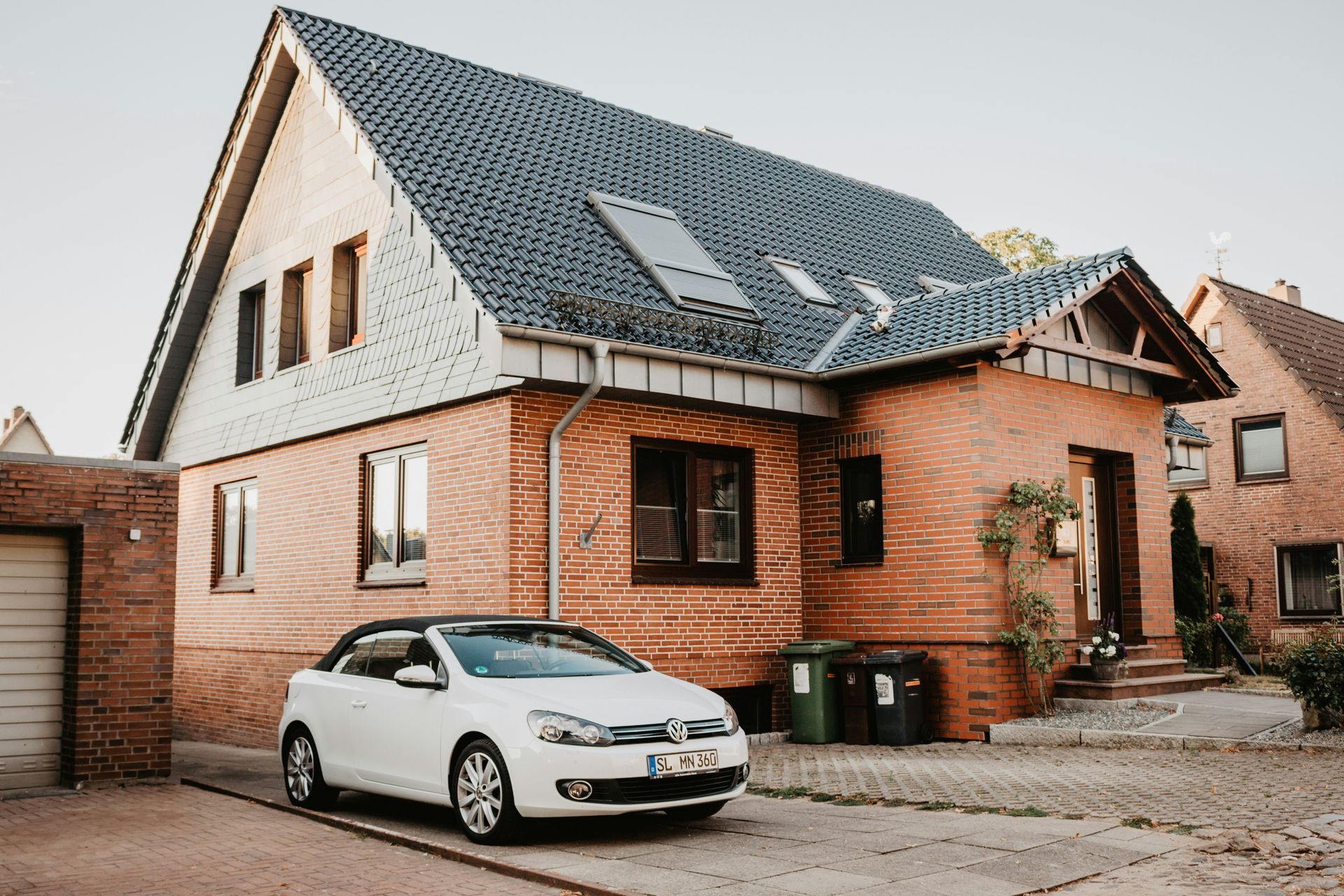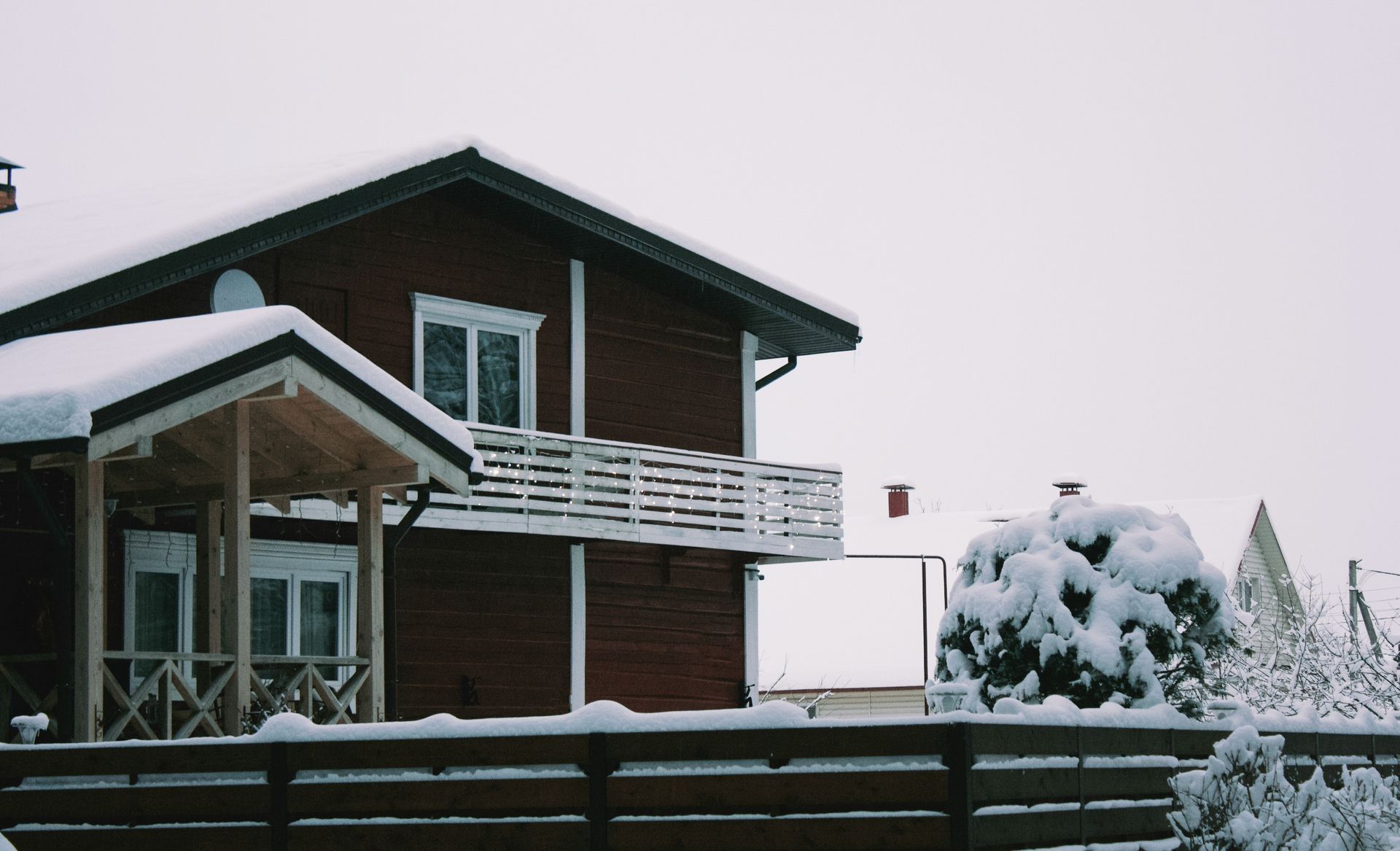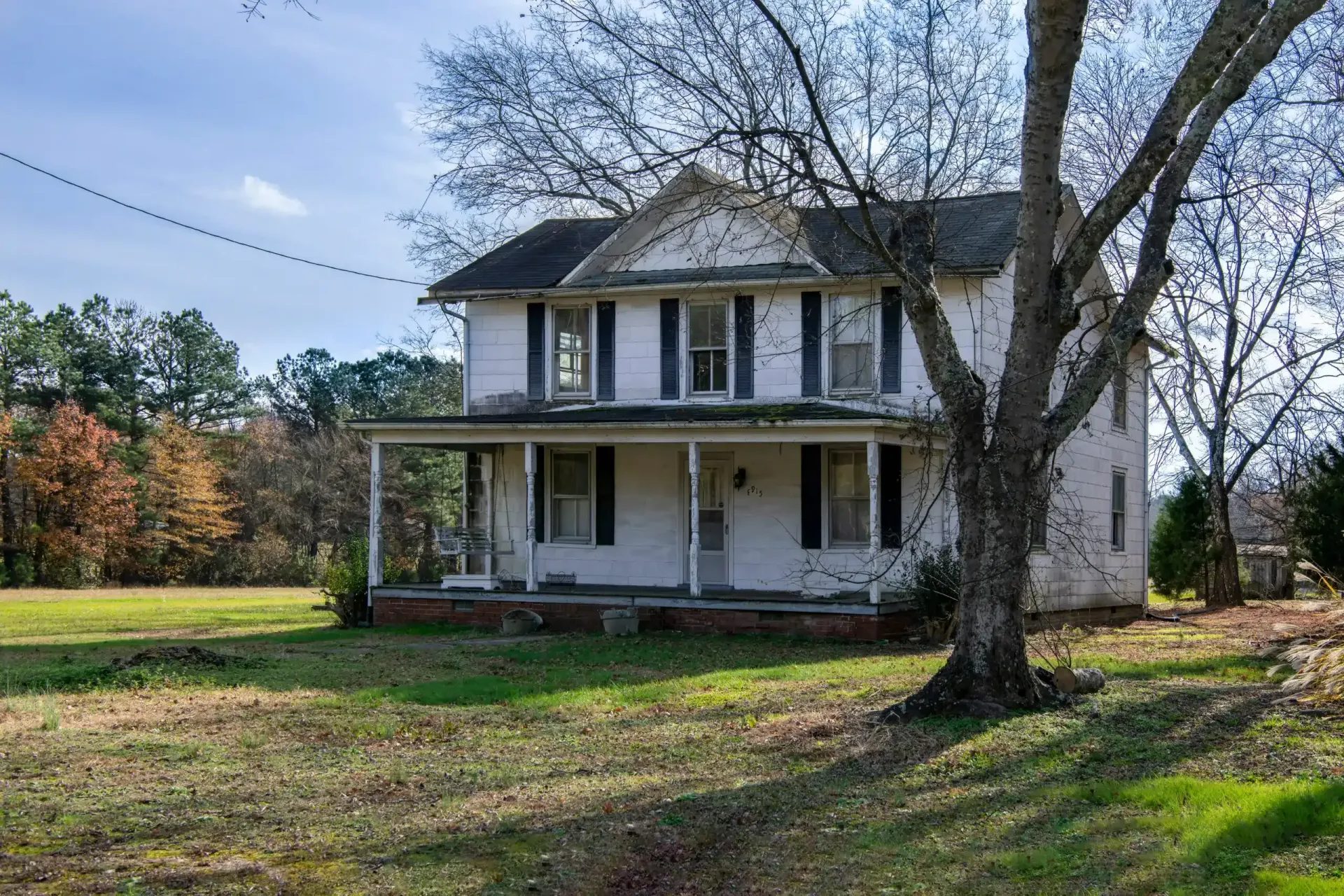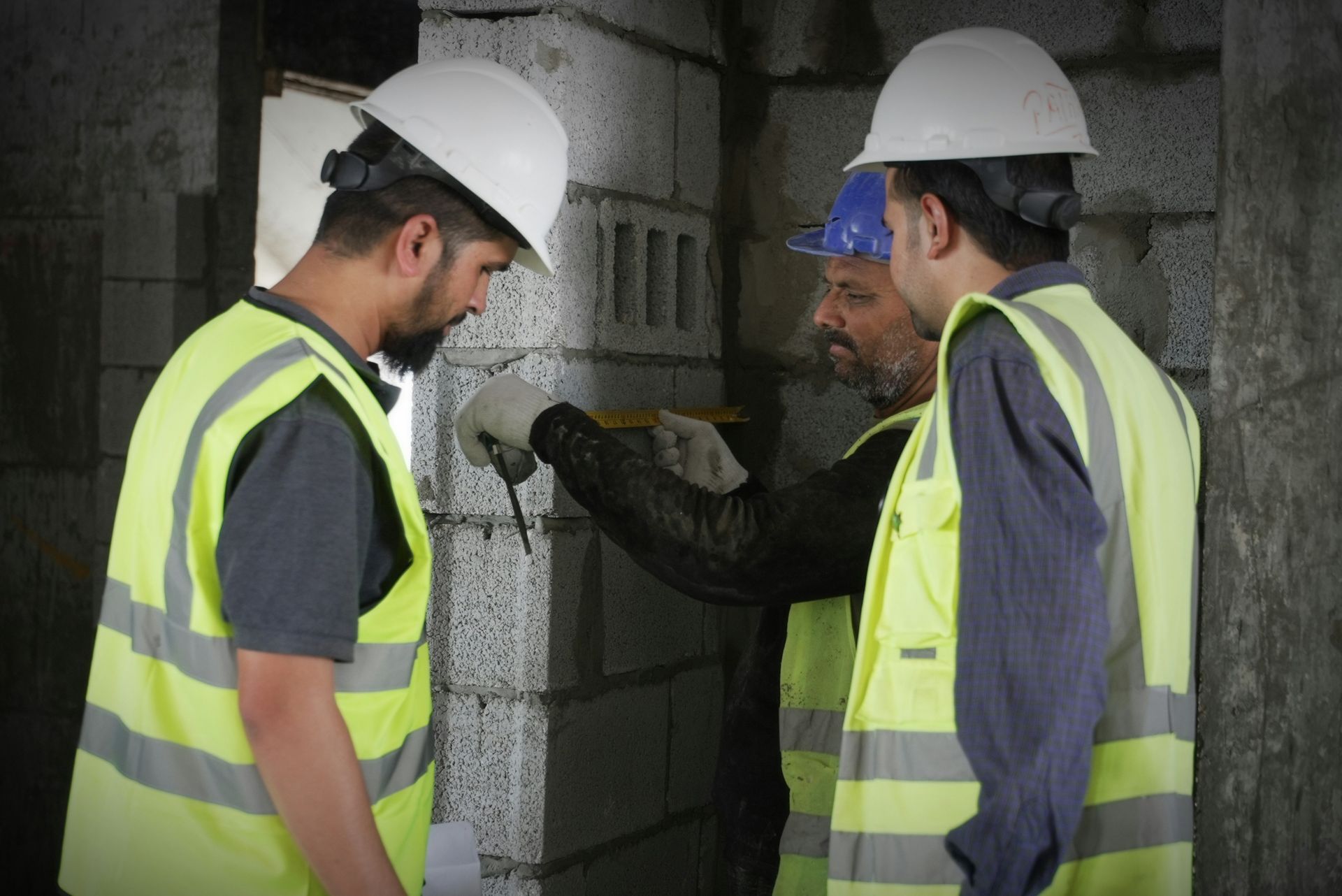Smart Strategies for Managing Roofing Services Costs

Managing roofing services costs demands a combination of careful planning and strategic decision-making to strike the perfect balance between quality and affordability. Homeowners often navigate a complex landscape of expenses, ranging from material manufacturing and procurement to labor costs, permits, and other unforeseen expenditures.
The challenge lies in minimizing these costs and ensuring that the roofing project’s quality remains uncompromised. Effective expense management can lead to significant savings while still achieving a durable, long-lasting roof. In this article, we’ll delve into practical tips and strategies to help you budget wisely, optimize your spending, and maximize your investment in roofing services, ensuring financial prudence and project success.
Key Takeaways
- Understanding market rates helps homeowners negotiate better prices for roofing services
- Obtaining multiple quotes from contractors can lead to cost savings and better project outcomes
- Scheduling roofing work during optimal seasons can significantly reduce costs and potential delays
- Regular maintenance can prevent costly repairs and extend the lifespan of a roof
- Investing in quality materials and installation can result in long-term savings and increased property value
Understanding the Different Types of Roofing Services Costs

To manage roofing services costs effectively, homeowners must understand the various components contributing to the overall expense. Individuals can break down roofing costs into distinct categories. These include material costs, labor expenses, and often overlooked hidden charges. By examining each of these factors, homeowners can develop smart strategies to budget for their roofing projects and avoid unexpected financial surprises.
Breakdown of Material Costs
Material costs form a significant portion of roofing expenses, encompassing shingles, underlayment, flashing, and other essential components. Homeowners can reduce costs through careful material selection and waste optimization. The goal is to balance quality and affordability, considering factors like durability and energy efficiency to maximize long-term value and minimize future repair costs.
Labor Costs Explained
Labor costs constitute a significant portion of roofing expenses, reflecting the skilled workforce required for installation and repairs. These costs vary based on factors such as project complexity, location, and seasonal demand. Business owners and board directors often seek ways to leverage automation and efficient work practices to manage labor expenses without compromising quality. However, it’s crucial to balance cost-saving measures with fair income for skilled workers to ensure high-quality workmanship:
| Factor | Impact on Labor Costs |
|---|---|
| Project Complexity | High complexity increases labor hours |
| Location | Urban areas typically have higher labor rates |
| Seasonal Demand | Peak seasons may lead to increased labor costs |
| Automation | Can reduce labor hours for certain tasks |
Hidden Expenses in Roofing Projects
Hidden expenses in roofing projects can catch homeowners off guard. These costs may include unforeseen structural repairs, permit fees, and disposal charges for old roofing materials. Homeowners should also consider potential increases in insurance premiums and the need for additional tools or equipment, much like how businesses manage their inventory and infrastructure. Proper planning and management of these hidden costs is crucial for maintaining a realistic budget:
- Structural repairs beneath the roof
- Permit fees and inspections
- Disposal of old roofing materials
- Potential increases in insurance premiums
- Additional tools or equipment rental
How to Prepare a Budget for Your Roofing Project

Preparing a budget for a roofing project requires careful planning and consideration of various factors. Homeowners can employ cost optimization strategies. By starting with a clear scope of work, factoring in a contingency fund, and obtaining accurate estimates from multiple contractors, individuals can create a comprehensive budget that accounts for potential cost reductions and unexpected expenses. This approach helps ensure that all necessary items are included in the contract and minimizes the risk of financial surprises during the project.
Start With a Clear Scope of Work
A clear scope of work forms the foundation for an accurate roofing project budget. This detailed outline defines the service requirements, addressing project complexity and answering crucial questions about materials, labor, and timelines. Homeowners should approach this task with the same diligence they apply to managing pension accounts or streamlining accounts payable processes in business. A well-defined scope helps prevent misunderstandings and ensures all parties have a clear understanding of the project requirements:
- Identify specific areas of the roof that need attention
- Determine the type and quality of materials to be used
- Outline any special requirements or challenges
- Specify desired timeline and completion date
- Include any additional services such as gutter installation or skylight repairs
Factor in a Contingency Fund
Including a contingency fund in the roofing project budget is essential for managing unexpected expenses. This financial buffer, typically set at 10-20% of the total project cost, provides flexibility to address hidden issues discovered during the roofing process, such as damaged decking or the need for additional ventilation. By incorporating this safeguard, homeowners can navigate potential setbacks without compromising the project’s quality or timeline, drawing on their experience in managing complex projects across various domains.
Get Accurate Estimates From Multiple Contractors
Obtaining accurate estimates from multiple contractors is a crucial step in strategic planning for roofing projects. Homeowners should request detailed bids from at least three reputable contractors, comparing project costs and services offered. This process helps ensure competitive pricing and allows for a comprehensive understanding of the work involved.
- Request detailed bids from at least three reputable contractors
- Compare project costs and services offered
- Analyze estimates to ensure competitive pricing
- Evaluate contractor qualifications and experience
- Consider warranty options and post-installation support
The Impact of Seasonal Changes on Roofing Costs

Just as companies adjust their strategies based on market fluctuations, homeowners must consider the best times to schedule roofing services and how weather conditions affect project expenses. Understanding these factors can help individuals optimize their budgets, similar to how businesses manage raw material costs or develop mobile apps with seasonal features. By aligning roofing projects with favorable seasons and anticipating weather-related challenges, homeowners can potentially reduce costs and ensure better project outcomes.
Best Times of the Year to Schedule Roofing Services
Scheduling roofing services during optimal times of the year can significantly impact costs. Late spring and early fall often offer the best conditions for roofing work, with moderate temperatures and lower precipitation rates. These seasons typically see reduced demand for roofing services, potentially leading to lower fees and decreased risk of cost overruns.
How Weather Can Affect Your Roofing Costs
Weather conditions significantly influence roofing costs, as expert contractors must factor in potential delays and safety concerns. Extreme temperatures, heavy rainfall, or strong winds can disrupt work schedules and increase labor expenses. Homeowners should consider these weather-related risks when budgeting for roofing projects, as unexpected delays may require additional cash reserves or even telephone consultations with contractors to address unforeseen issues.
Innovative Ways to Save on Roofing Materials

Innovative approaches to saving on roofing materials can significantly reduce overall project costs. By implementing strategic forecasting and cost control measures, homeowners can optimize their roofing investments. These methods include selecting cost-effective materials, leveraging bulk buying opportunities, and exploring the use of recycled or reclaimed materials. By adopting these smart techniques, homeowners can achieve substantial cost reductions without compromising on quality or durability.
Choosing Cost-Effective Materials
Selecting cost-effective roofing materials requires a strategic approach. Homeowners can work with their contractor to identify materials that balance durability, energy efficiency, and affordability. This process often involves comparing various options, considering factors such as lifecycle costs, maintenance requirements, and potential energy savings:
- Compare different roofing materials and their costs
- Evaluate the lifespan and durability of each option
- Consider energy efficiency and potential utility savings
- Assess maintenance requirements and long-term expenses
- Factor in local climate and environmental conditions
Bulk Buying and Other Strategies
Bulk buying and other strategic approaches can significantly reduce roofing material costs, similar to how businesses optimize cloud costs through volume discounts. Homeowners can collaborate with contractors or join forces with neighbors to purchase materials in larger quantities, often securing better prices. This method increases visibility into material expenses and allows for better negotiation with suppliers. Other innovative strategies include timing purchases during off-peak seasons, exploring clearance sales, and considering alternative materials that offer similar performance at lower costs. These approaches require careful planning and stakeholder involvement, but can lead to substantial savings:
- Coordinate bulk purchases with neighbors or contractors
- Time material purchases during off-peak seasons or sales events
- Explore alternative materials with similar performance
- Negotiate with suppliers for volume discounts
- Consider remnant or overstock materials for smaller projects
The Role of Recycling and Reclaimed Materials
Recycling and reclaimed materials offer a cost-effective approach to roofing projects, benefiting both homeowners and the environment. Contractors with proper licenses can source high-quality recycled materials, such as reclaimed slate or metal, to reduce construction costs while maintaining durability. This innovative cost management strategy not only lowers expenses but can also increase profit margins for roofing businesses. As a tip, homeowners should inquire about recycled options when discussing material choices with their contractors.
Maximizing Your Investment in Roofing Services

Maximizing investment in roofing services requires strategic planning akin to managing employee benefits or cloud management systems. Homeowners can adopt a proactive approach, similar to how businesses implement outsourcing policies and procurement strategies, to ensure long-term value and cost-effectiveness. By focusing on regular maintenance, making informed decisions about repairs versus replacements, and prioritizing quality services, individuals can optimize their roofing expenditures. These strategies not only protect the home but also contribute to overall financial well-being, much like how businesses balance immediate needs with long-term sustainability.
Regular Maintenance to Prevent Costly Repairs
Regular maintenance plays a crucial role in preventing costly roofing repairs, much like how disaster recovery plans safeguard businesses from unexpected setbacks. Homeowners who invest in routine inspections and minor repairs can significantly reduce long-term business costs associated with major roofing issues. Proactive maintenance helps optimize the lifespan and performance of a roof, potentially lowering the overall price of ownership.
When to Opt for Repair Over Replacement
Deciding between repair and replacement requires careful risk management, balancing the immediate costs against long-term benefits. Homeowners should consider factors such as the roof’s age, extent of damage, and potential impact on the property’s health and value. Individuals can maximize their roofing investment by selecting the most cost-effective solution for their specific situation. This decision-making process often involves consulting with roofing professionals and reviewing accounting data to determine the most financially sound approach:
| Factor | Repair | Replacement |
|---|---|---|
| Age of Roof | Less than 15 years | Over 20 years |
| Extent of Damage | Localized issues | Widespread problems |
| Cost Comparison | Less than 30% of replacement | More than 30% of replacement |
| Future Plans | Moving within 5 years | Long-term residence |
The Long-Term Benefits of Quality Roofing Services
Investing in quality roofing services yields significant long-term benefits, including substantial cost savings and reduced risk of structural damage. Homeowners prioritizing high-quality materials and expert installation often experience fewer maintenance issues, lower energy bills, and increased property value. This approach aligns with the principles of effective savings plans, ensuring that initial investments lead to long-term financial benefits, much like how businesses prioritize regulatory compliance to avoid costly penalties.
Conclusion
Smart strategies for managing roofing services costs empower homeowners to make informed decisions and optimize their investments. Individuals can significantly reduce their expenses without compromising quality by understanding different types of costs, preparing accurate budgets, and negotiating effectively with contractors. Leveraging seasonal advantages, exploring innovative material options, and prioritizing regular maintenance further contribute to long-term cost savings and roof longevity. Ultimately, these strategies protect the home and enhance its value, making smart roofing management a crucial aspect of homeownership and financial planning.






Share On: